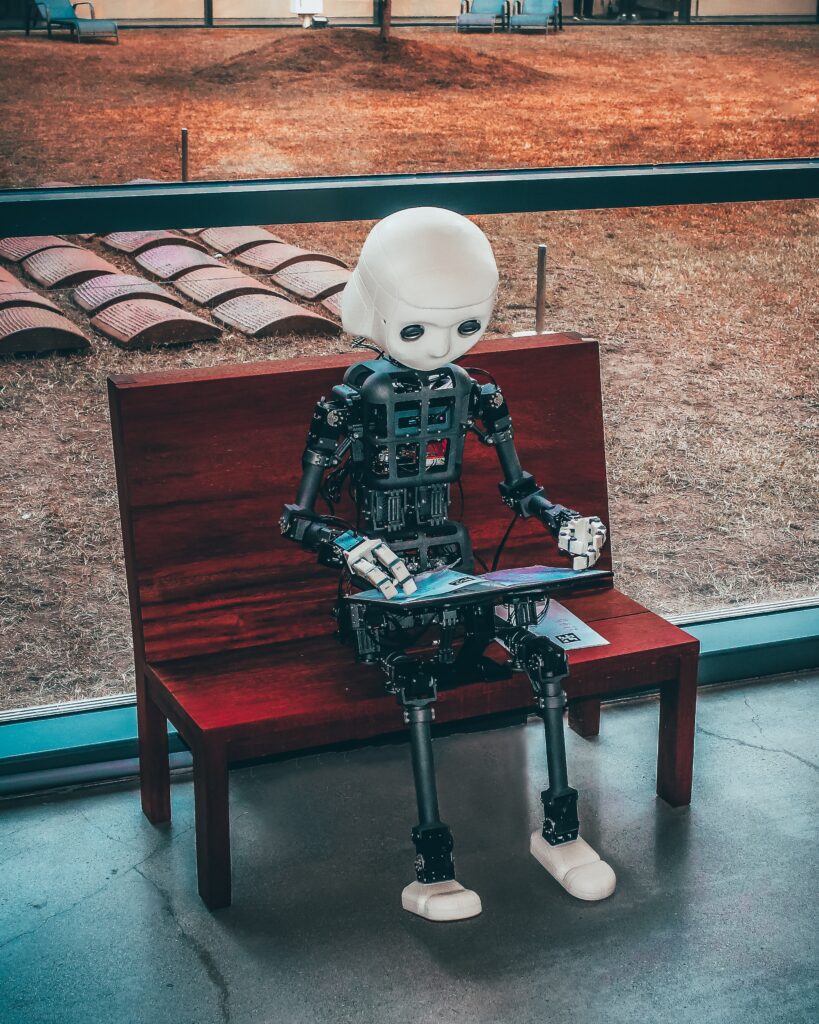Whether the dismal digitally connected future of the Matrix or the bright, tremendous advancements in the world of Star Trek and Marvel, none of the Hollywood predictions of the future’s technology are realistic. However, they all paint a common picture of artificial intelligence, or AI, combined with automation taking over every task and leaving people with no work to do. Khurram Tanwir reflects on futurist expectations that a life of leisure supported by a robotic army is expected by the 22nd century, and various perspectives clash with each other about whether it’s a good or bad thing.

However, despite the work of software retail giants like Amazon or vehicle factories like Tesla, automation and AI are not going to replace people anytime soon, argues Tanwir. That means you don’t need to worry about Cylon Toasterheads taking over a cubicle desk near you anytime soon. While today’s automation is clearly showing signs of being able to take on a tremendous amount of repetitive workload, from processing paperwork to machining assembly parts and putting them together for products, the full-scale takeover of the robots isn’t likely. Why? Culturally, we won’t let it happen.
As much as CEOs and various executive types see the tremendous value in a workforce that can run around the clock, won’t go on strike, and just needs circuits and lubrication replacements to keep going, as well as maybe a regular software update, the general nature of humanity is unwelcoming to automation and AI taking over anything important.
First off, everything can be hacked. Khurram Tanwir argues that given how easy it is to take over the Internet of Things networks as well as traditional systems once a hacker has burrowed in, why in the world would anyone risk significant systems to the full control of computers without controls in place? In this regard, automation would never be allowed full permission to process unhindered.
Secondly, AI has a long way to go to match the human brain. Built from a million times a million cobweb of algorithms for just as many possibilities times ten, AI has the general creative capability of maybe a five-year-old. Khurram Tanwir agrees that while the frontier for machine learning is definitely expanding, the term needs clarification. Machine learning is essentially tracking, recording, and logging outcomes of adding to a reference library by which the software machine then determines if it sees the same thing again; it has a scripted response for it. That’s similar to the human brain, but not. Where the machine might come up with one response or even two for a scenario, he points out that humans regularly come up with 50 or more ideas on the fly. It’s why people continue to be better problem solvers overall, especially with the unknown.
Need proof? Khurram Tanwir suggests asking 20 people to solve a messed up Rubik’s Cube toy. You will likely get 20 different approaches to the same problem. AI will go through the possibilities, determine one effective path, and then will only stick with that path from that point forward until faced with a new challenge. Humans think outside of the box. One of those 20 people might even “cheat,” break the Rubik’s cube apart and then put all the parts together correctly to “solve” it. AI would never come up with such an illogical solution.
So, yes, Khurram Tanwir acknowledges that AI and automation are spreading fast, but Cylons won’t be delivering your mail, and you won’t be hearing “Danger, Will Robinson, Danger” from your dog’s collar either. That said, buzzing drones around your neighborhood will probably be the next irritant of congested living, hands down on that bet.

